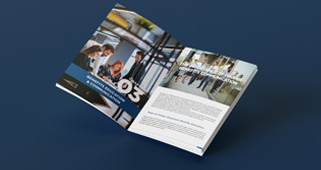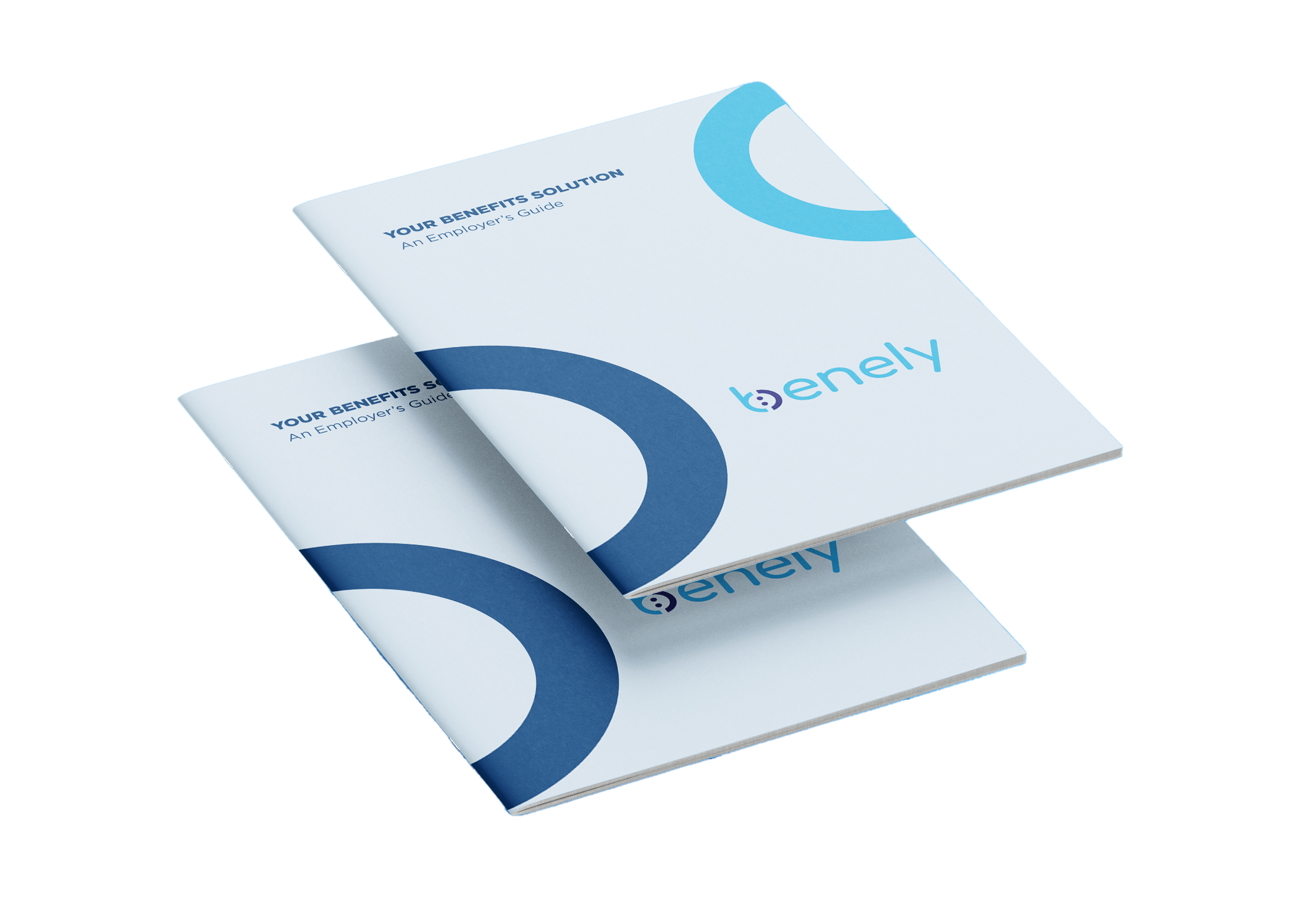The landscape of employee benefits is in a constant state of flux, driven by economic shifts, evolving workforce demographics, technological advancements, and changing employee expectations. As we reach the midpoint of 2024, it is an opportune moment to review the current state of the employee benefits market, examining the trends, challenges, and opportunities that have emerged over the first half of the year. This comprehensive review aims to provide insights into how organizations are adapting their benefits strategies to attract and retain top talent in an increasingly competitive labor market.
Economic Context and Its Impact on Employee Benefits
The global economy in 2024 has been characterized by moderate growth, with varying conditions across different regions. In the United States, economic stability has been maintained, but inflationary pressures and concerns about a potential recession have led many organizations to reassess their compensation and benefits strategies. In Europe, economic recovery from the pandemic has continued, albeit at a slower pace than anticipated. Asia-Pacific regions have shown robust economic growth, driven by technological advancements and a burgeoning middle class.
These economic conditions have directly influenced the employee benefits market in several ways:
- Inflation and Cost-of-Living Adjustments: Rising inflation has prompted organizations to consider cost-of-living adjustments to salaries and benefits. To maintain the purchasing power of employees, many companies are revisiting their compensation packages, offering higher base salaries, and enhancing benefits like transportation allowances and housing stipends.
- Healthcare Costs: The persistent rise in healthcare costs remains a significant concern for employers globally. In response, many companies are investing in preventive healthcare measures, wellness programs, and telehealth services to manage expenses while promoting employee well-being.
- Remote Work and Hybrid Models: The shift towards remote and hybrid work models, accelerated by the COVID-19 pandemic, has become a permanent fixture in the work environment. Organizations are now offering flexible work arrangements, remote work stipends, and home office setups as part of their benefits packages to accommodate this new norm.
Key Trends in Employee Benefits
Several key trends have shaped the employee benefits market in the first half of 2024:
- Personalization of Benefits: Employees increasingly expect benefits packages tailored to their individual needs and life stages. Organizations are leveraging data analytics and employee feedback to create personalized benefits offerings, including flexible spending accounts, custom health insurance plans, and wellness programs that address specific health concerns.
- Mental Health and Well-Being: Mental health has become a top priority for employers. Companies are expanding their mental health benefits to include access to counseling services, mental health days, stress management programs, and training for managers to support mental well-being in the workplace.
- Financial Wellness Programs: Financial stress is a significant concern for many employees. Employers are responding by offering financial wellness programs that include retirement planning, student loan repayment assistance, budgeting workshops, and financial counseling services.
- Diversity, Equity, and Inclusion (DEI): DEI initiatives are increasingly integrated into employee benefits strategies. Companies are offering benefits that support diverse needs, such as parental leave for all parents, gender affirmation surgery coverage, and support for neurodiverse employees.
- Sustainability and Corporate Social Responsibility (CSR): Employees are more environmentally and socially conscious, and they expect their employers to reflect these values. Benefits that support sustainability, such as incentives for using public transportation, remote work to reduce carbon footprints, and volunteer days, are becoming more common.
Technological Advancements in Employee Benefits
Technology continues to play a crucial role in transforming the employee benefits market. Several technological advancements have gained prominence in 2024:
- Benefits Administration Platforms: Modern benefits administration platforms offer a seamless and user-friendly experience for employees to manage their benefits. These platforms integrate with other HR systems, provide personalized recommendations, and enable easy enrollment and changes.
- Artificial Intelligence (AI) and Machine Learning (ML): AI and ML are being used to analyze employee data, predict benefits utilization, and personalize offerings. Chatbots and virtual assistants powered by AI are also enhancing the employee experience by providing instant support and answers to benefits-related queries.
- Telehealth and Virtual Care: The adoption of telehealth services has surged, driven by the need for convenient and accessible healthcare. Employers are partnering with telehealth providers to offer virtual consultations, mental health support, and wellness coaching.
- Wearable Technology and Wellness Apps: Wearable devices and wellness apps are being used to promote healthy behaviors and track fitness goals. Employers are integrating these technologies into their wellness programs, offering incentives for participation and achievements.
- Blockchain for Data Security: Blockchain technology is being explored for its potential to enhance data security and transparency in benefits administration. It can ensure the secure exchange of sensitive information, such as health records and personal data, between employees, employers, and benefits providers.
Challenges Facing the Employee Benefits Market
Despite the positive trends and advancements, the employee benefits market faces several challenges in 2024:
- Rising Costs: The cost of providing comprehensive benefits, particularly healthcare, continues to rise. Employers must balance offering competitive benefits with managing their budgets.
- Regulatory Compliance: Navigating the complex landscape of regulations related to employee benefits is a significant challenge. Employers must stay abreast of changes in laws and ensure compliance to avoid penalties.
- Employee Engagement: Ensuring employees are aware of and engaged with their benefits remains a challenge. Employers need to effectively communicate the value of their benefits packages and provide education on how to utilize them.
- Equity and Inclusion: While progress has been made, ensuring equity and inclusion in benefits offerings requires ongoing effort. Employers must continually assess their benefits to ensure they meet the diverse needs of their workforce.
- Adapting to Remote Work: Supporting a remote or hybrid workforce requires rethinking traditional benefits. Employers need to find ways to foster a sense of community and support employees’ physical and mental well-being in a remote setting.
Opportunities for Employers
Amidst the challenges, there are several opportunities for employers to enhance their benefits offerings and gain a competitive edge in the talent market:
- Holistic Well-Being Programs: By taking a holistic approach to employee well-being, encompassing physical, mental, financial, and social health, employers can create a supportive environment that enhances overall employee satisfaction and productivity.
- Flexibility and Choice: Offering flexible benefits that allow employees to choose the options that best suit their needs can improve satisfaction and engagement. Flexible benefits can include customizable health plans, flexible spending accounts, and a variety of wellness options.
- Leveraging Data and Analytics: Utilizing data and analytics to understand employee preferences and utilization patterns can help employers design more effective benefits programs. Data-driven insights can also identify gaps and opportunities for improvement.
- Promoting Financial Wellness: With financial stress being a significant concern, employers can differentiate themselves by offering robust financial wellness programs. These can include retirement planning, investment education, debt management, and savings incentives.
- Sustainability Initiatives: Integrating sustainability into benefits programs can resonate with environmentally conscious employees. Offering benefits that support green practices, such as subsidies for electric vehicles or incentives for using public transportation, can enhance employer branding.
- Employee Feedback and Engagement: Regularly soliciting feedback from employees and involving them in the design of benefits programs can lead to higher satisfaction and engagement. Employee surveys, focus groups, and suggestion boxes are effective tools for gathering input.
Case Studies: Innovative Approaches to Employee Benefits
To illustrate the evolving landscape of employee benefits, let’s explore a few case studies of organizations that have adopted innovative approaches to meet the needs of their workforce in 2024.
Case Study 1: TechCorp’s Holistic Wellness Program
TechCorp, a leading technology company, recognized the importance of addressing all aspects of employee well-being. In early 2024, they launched a comprehensive wellness program called “Well360,” which includes:
- Physical Health: Onsite fitness centers, virtual fitness classes, and incentives for participating in physical activities.
- Mental Health: Access to licensed counselors, mental health days, and stress management workshops.
- Financial Wellness: Financial planning seminars, student loan repayment assistance, and a company-sponsored emergency savings fund.
- Social Well-Being: Team-building activities, volunteer opportunities, and support for community involvement.
TechCorp’s holistic approach has led to increased employee engagement, reduced absenteeism, and improved overall well-being.
Case Study 2: GlobalBank’s Flexible Benefits Platform
GlobalBank, a multinational financial institution, implemented a flexible benefits platform called “MyChoice” in 2024. This platform allows employees to customize their benefits packages based on their individual needs and preferences. Key features include:
- Customizable Health Plans: Employees can choose from a range of health insurance options, including different levels of coverage and providers.
- Flexible Spending Accounts: Pre-tax accounts for healthcare, dependent care, and commuter expenses.
- Wellness Credits: Points that can be redeemed for gym memberships, wellness apps, and healthy lifestyle products.
- Remote Work Support: Stipends for home office equipment and internet expenses.
GlobalBank’s flexible benefits platform has received positive feedback from employees, with many appreciating the ability to tailor their benefits to their unique circumstances.
Case Study 3: EcoEnterprises’ Sustainability Benefits
EcoEnterprises, a company dedicated to environmental sustainability, integrated green initiatives into their employee benefits program. Their “EcoBenefits” package includes:
- Green Commuting Incentives: Subsidies for public transportation, biking, and carpooling.
- Electric Vehicle Support: Discounts on electric vehicles and installation of home charging stations.
- Remote Work Encouragement: Policies that support remote work to reduce carbon footprints.
- Sustainable Lifestyle Discounts: Discounts on eco-friendly products and services, such as solar panels and energy-efficient appliances.
EcoEnterprises’ sustainability-focused benefits have strengthened their employer brand and attracted employees who share their commitment to the environment.
Future Outlook
As we look ahead to the second half of 2024 and beyond, several factors will continue to shape the employee benefits market:
- Evolving Workforce Demographics: The workforce will continue to become more diverse, with a growing number of millennials and Generation Z employees, each with distinct preferences and expectations. Employers will need to adapt their benefits offerings to cater to these changing demographics.
- Technological Advancements: The integration of advanced technologies such as AI, blockchain, and data analytics will further transform the benefits landscape. These technologies will enable more personalized and efficient benefits administration.
- Focus on Employee Experience: Enhancing the overall employee experience will be a key priority. Employers will focus on creating a positive and supportive work environment through innovative benefits and well-being programs.
- Sustainability and Social Responsibility: As environmental and social issues gain prominence, employers will increasingly incorporate sustainability and CSR initiatives into their benefits programs.
- Regulatory Changes: Employers will need to stay vigilant about regulatory changes that impact employee benefits. Keeping up with compliance requirements will be essential to avoid legal and financial repercussions.
The first half of 2024 has seen significant developments in the employee benefits market, driven by economic conditions, evolving workforce expectations, and technological advancements. Employers are increasingly focusing on personalization, holistic well-being, financial wellness, and sustainability in their benefits offerings. While challenges such as rising costs and regulatory compliance persist, there are ample opportunities for organizations to differentiate themselves through innovative and inclusive benefits programs.
As we move forward, the ability to adapt and respond to the changing needs of the workforce will be crucial for employers aiming to attract and retain top talent. By staying attuned to trends and leveraging technology, organizations can create benefits programs that not only meet the diverse needs of their employees but also foster a positive and engaged workforce.
In this dynamic environment, the employee benefits market will continue to evolve, with employers and employees alike navigating the opportunities and challenges that lie ahead. The mid-year review of 2024 offers a snapshot of the current state of the market, providing valuable insights for organizations to refine and enhance their benefits strategies for the future.
Connect with Benely, a growing benefits advisor that can review your current benefits program and help create a long-term successful program for your company.






